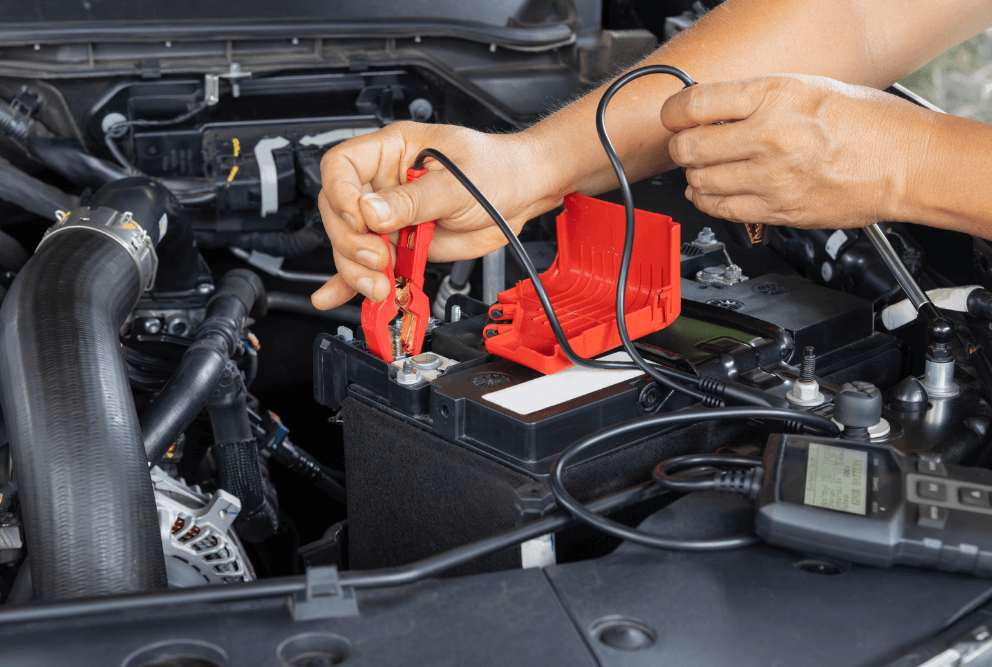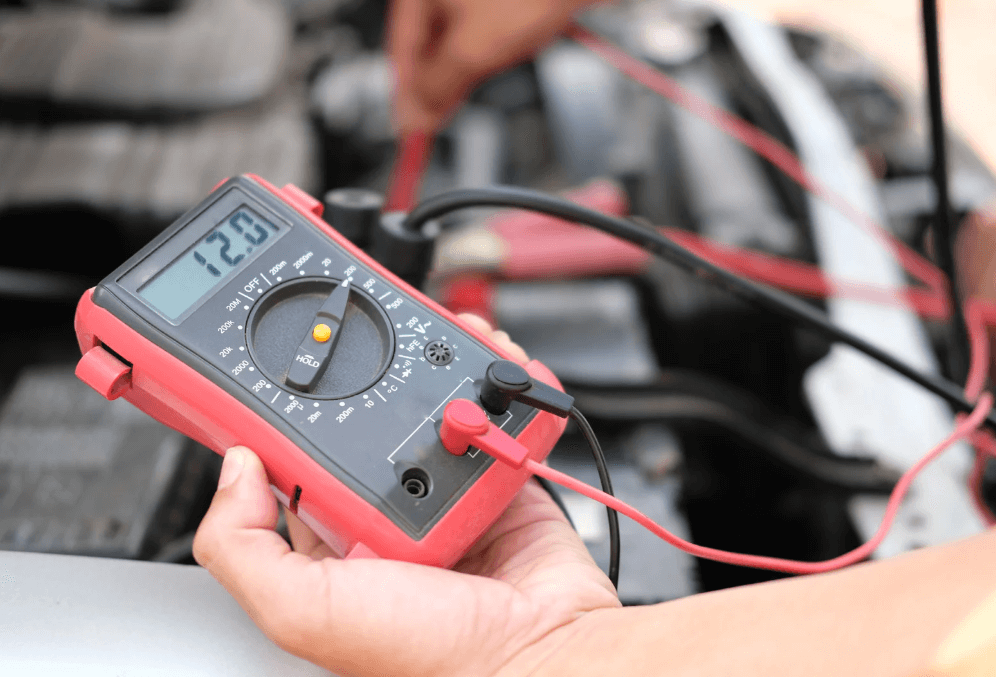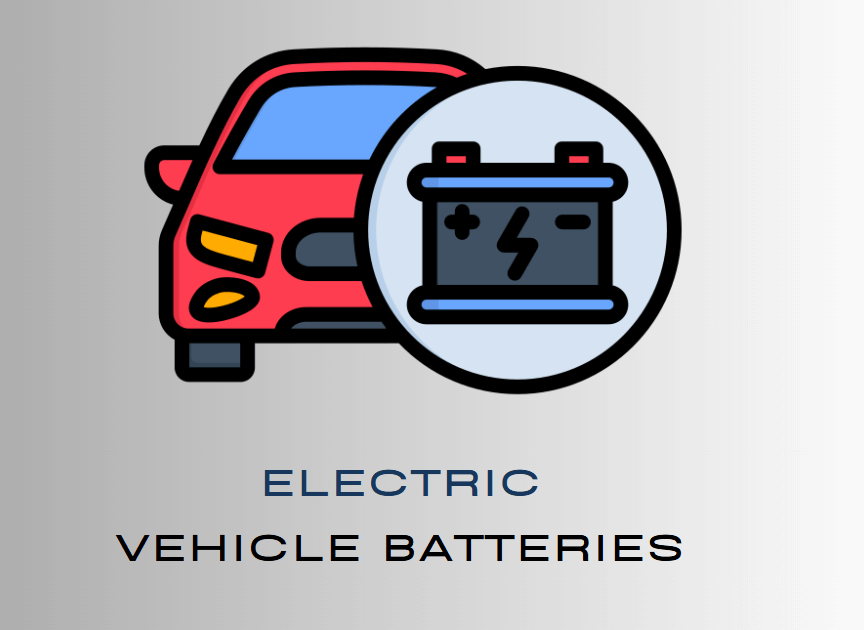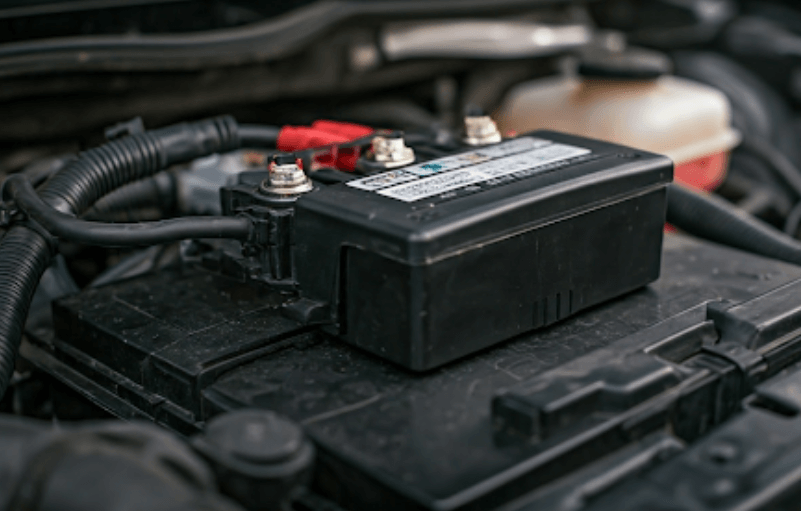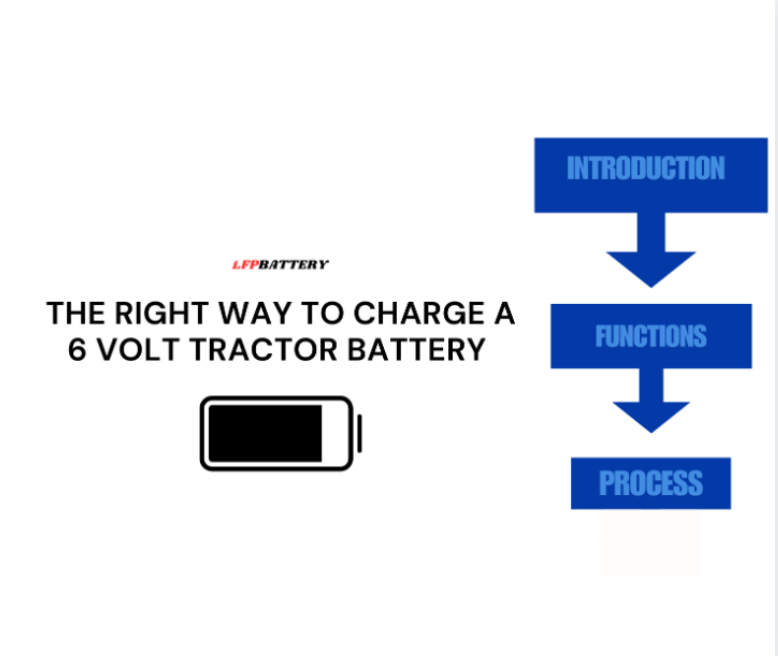
Have you ever been stranded in a parking lot or on the side of the road with a dead battery?
It’s one of the most frustrating experiences, and the worst part is, it often seems like it comes out of nowhere.
But what if I told you that if you had some idea of your car battery voltage, you could avoid this situation entirely?
Knowing when to change your car battery voltage is essential to ensuring the reliability of your car.
Just as your body needs proper nutrition, your car’s engine needs a healthy, fully charged battery to perform at its best.
If your battery voltage drops too low, your car is at risk of failing even when you expect it to.
But how do you know when that time has come? Don’t worry. Today I’ll tell you everything from my personal experience.
I know because I’ve done it myself. Let’s discuss this in more detail.
What is car battery voltage?
Before we talk about when to replace a car battery, it’s important to first understand what car battery voltage actually means.
Simply put, your car battery produces electricity, which is measured in volts. Voltage tells you how much power the battery is producing.
A healthy battery should have a voltage reading of around 12.6 volts when the engine is off.
While the car is running, the voltage should increase to around 13.7 to 14.7 volts, as the alternator is charging the battery.
If your battery is showing a reading below this, it could be a sign that it’s struggling to do its job.
What is the Normal Battery Voltage When the Car Is Running?
When your car is on and the engine is running, the alternator begins to charge the battery. A healthy battery should have a voltage between 13.7 and 14.7 volts while the engine is running. This is the “normal” voltage range.
If you measure a voltage higher than this range, it might indicate that the alternator is overcharging the battery, which could damage it over time.
On the other hand, if the voltage is below this range, it means the battery is not being charged properly, and it could be time for a replacement.
What is the Normal Battery Voltage When the Car Is Off?
When your car is turned off, the battery should have a voltage of about 12.6 volts. This is the ideal voltage for a healthy, fully charged battery.
If the voltage drops below 12.4 volts, your battery is starting to lose its charge. And if it falls to 12.0 volts or lower, it’s time to seriously consider replacing the battery.
It’s important to note that the voltage can vary slightly depending on factors like temperature and the age of your battery, but if your voltage is consistently low, you might be looking at a problem.
Signs Your Car Battery Is Weak and Needs Replacement
Now that we understand what the normal voltage levels are, how do you know if your battery is failing? There are a few clear signs that can indicate your car battery is on its last legs.
Slow Engine Crank: If you notice that your car takes longer than usual to start, it’s a sign that the battery is struggling to provide enough power. This is one of the most common symptoms of a weak battery.
Dimming Lights: Another indicator of a failing battery is when your headlights or dashboard lights start to dim. If the lights seem unusually dim or flicker when you turn on your car, it could be a sign the battery is not holding a proper charge.
Check Engine Light: The “Check Engine” or “Battery” light might turn on to warn you about potential problems with your battery. Don’t ignore this light; it’s your car’s way of saying that it needs attention.
Old Battery: Car batteries typically last between 3 to 5 years. If your battery is older than this, even if it’s still working fine, it may not last much longer. Be proactive and get it tested.
Frequent Jump Starts: If you find yourself needing to jump-start your car more frequently, it’s a clear sign that your battery is no longer holding a charge and needs to be replaced.
How to Check Your Car Battery Voltage
Checking your car battery’s voltage is a simple process, and you can do it yourself with just a few tools. Here’s how:
Turn off the Car: First, make sure your car is off before you check the battery.
Use a Multimeter: You’ll need a digital multimeter to measure the voltage. Set the multimeter to the DC voltage setting and connect the red probe to the positive terminal and the black probe to the negative terminal of the battery.
Read the Voltage: If your battery is reading around 12.6 volts when the car is off, it’s in good condition. If it’s lower than that, you might need to replace the battery soon.
Test While the Car Is Running: To check if the alternator is charging the battery, turn on the car and check the voltage again. If the reading is between 13.7 and 14.7 volts, the alternator is working properly.
Should I Replace My Car Battery Before It Dies?
You might be wondering, “Should I replace my car battery before it dies?”
The answer is yes, in most cases. If your battery is old, shows signs of weakness, or has low voltage, it’s better to replace it before it completely dies.
Replacing the battery proactively can save you from being stranded in an inconvenient situation.
Batteries lose their effectiveness over time, and you don’t want to be caught off guard. Plus, replacing a battery early ensures your car will start reliably, even in extreme weather conditions.
How Long Do Car Batteries Last?
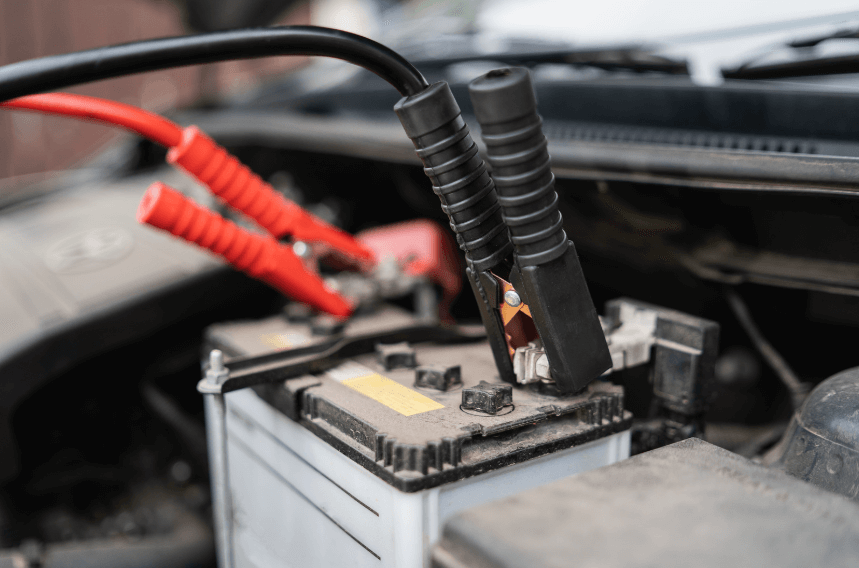
Car batteries typically last between 3 to 5 years, depending on factors such as climate, driving habits, and the type of car.
In hot climates, batteries tend to wear out more quickly, as heat can cause the battery fluid to evaporate, reducing the battery’s lifespan.
If your battery is approaching the 3-year mark and has shown signs of weakness, it might be time to start thinking about replacing it.
The Impact of Extreme Weather on Car Battery Voltage
Extreme weather, especially cold temperatures, can take a toll on your car battery. In winter, when the temperature drops significantly, the battery’s ability to hold a charge decreases.
You may find that your car takes longer to start, or that your battery voltage is lower than normal.
On the flip side, hot weather in summer can cause the battery fluid to evaporate, making the battery less effective.
Both extremes can cause your battery to fail sooner than expected.
Conclusion
To sum up, understanding when to replace car battery voltage can save you a lot of trouble down the road.
Regularly checking your battery voltage is a simple task that can prevent unexpected breakdowns.
If you notice any of the warning signs like slow engine cranking or dimming lights, it’s time to test your battery voltage.
And if your battery is older than 3 years, it might be time to replace it, even if it’s still working.


